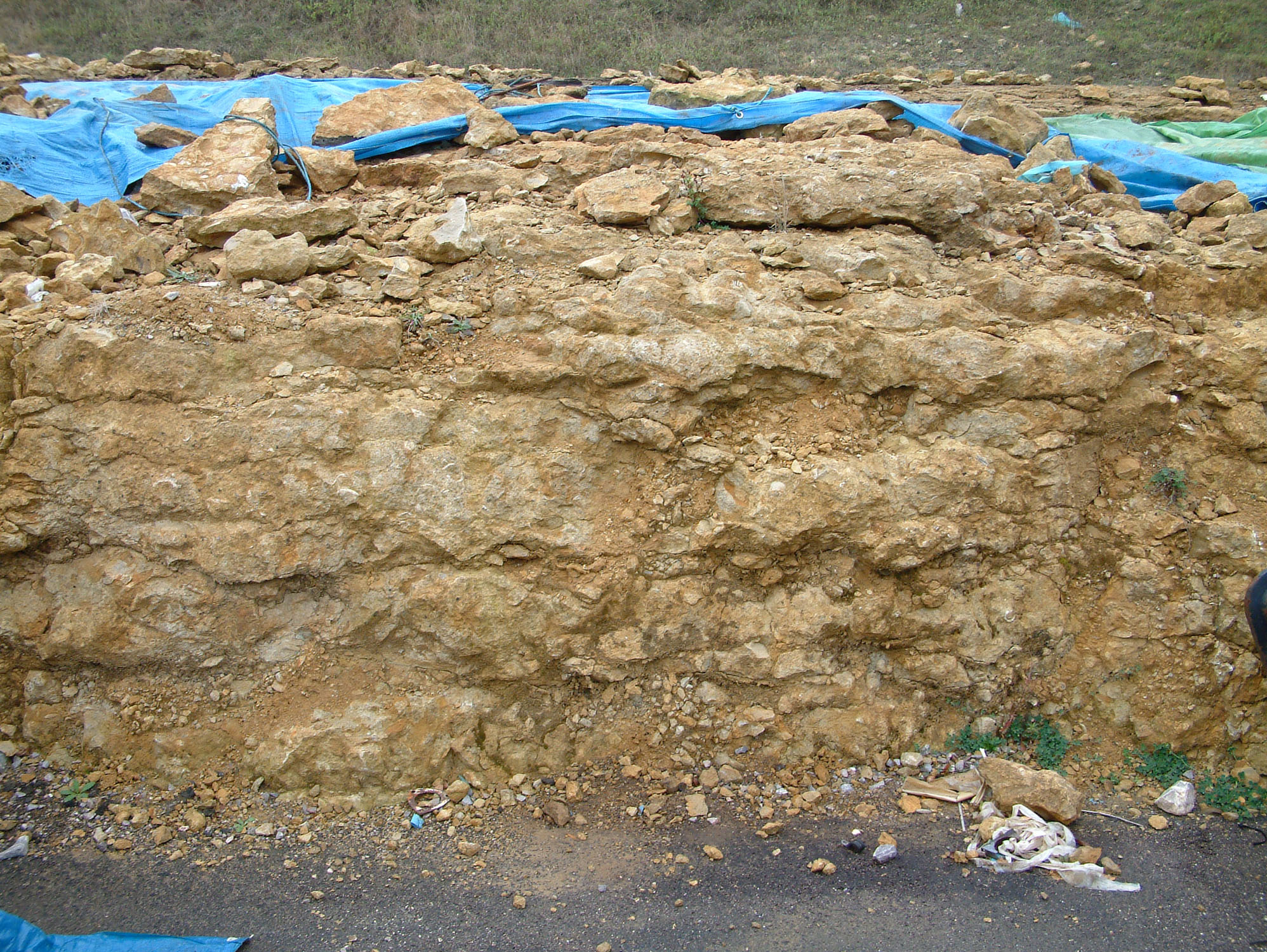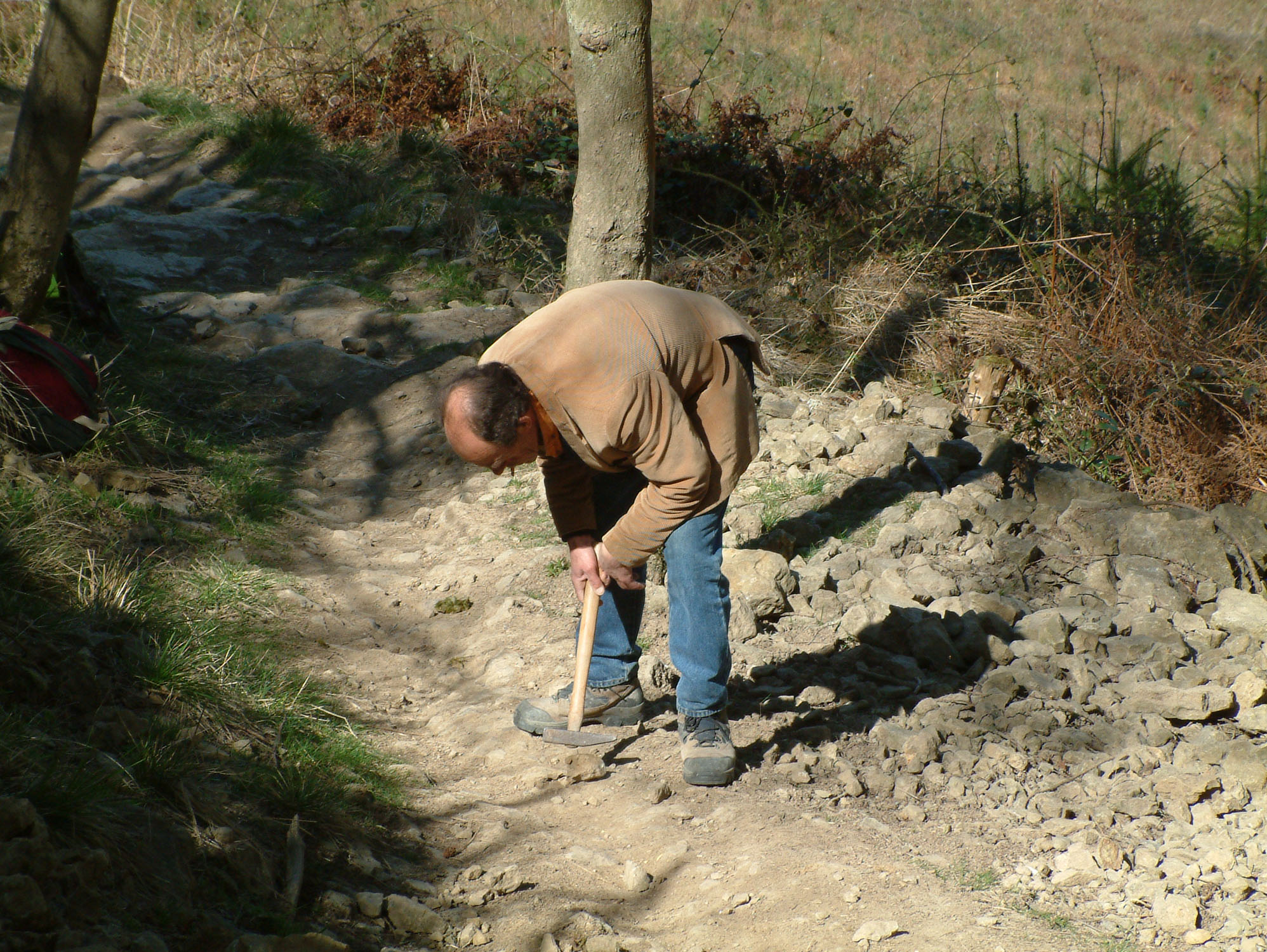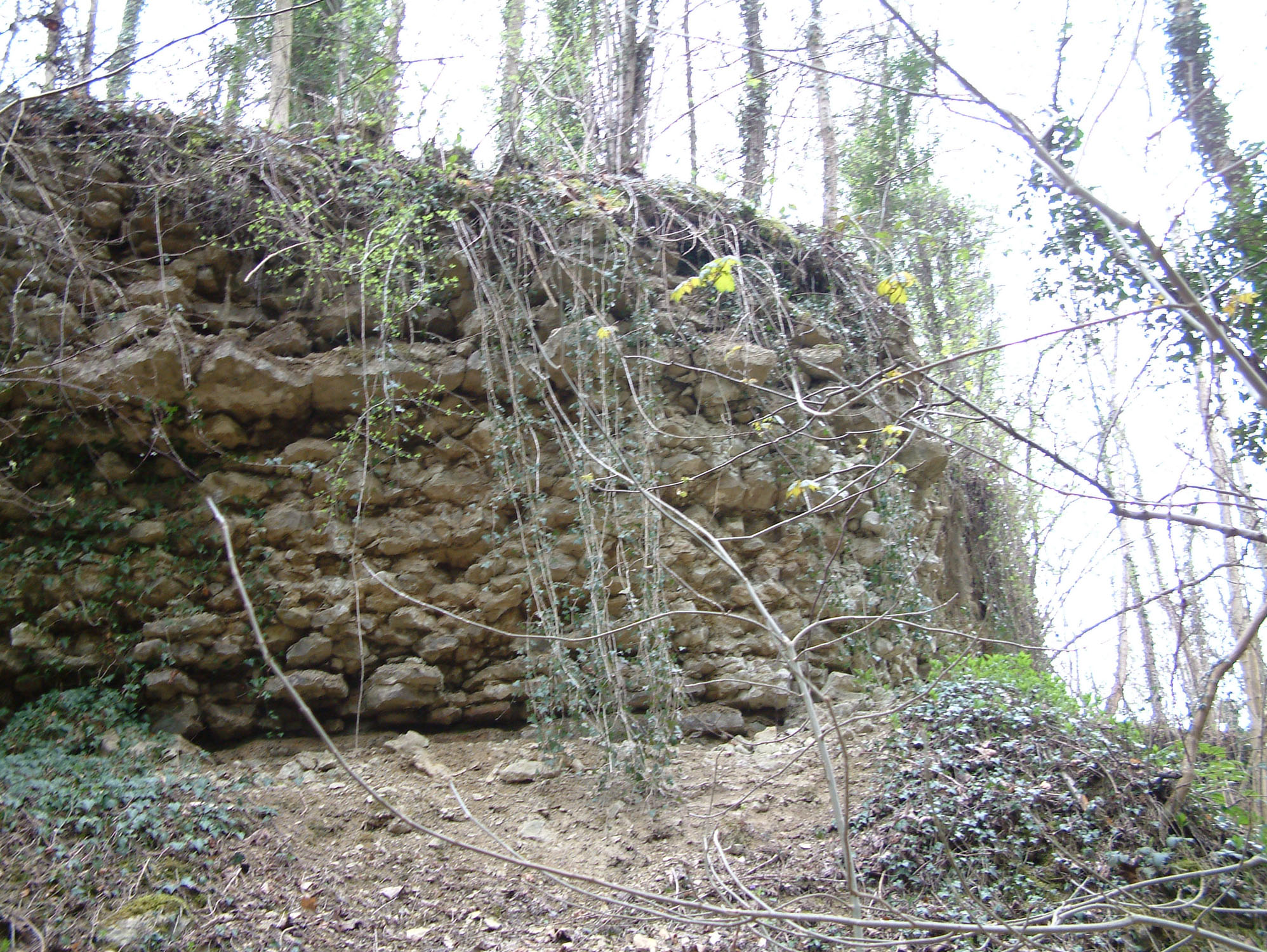The famous red and white cliffs of Hunstanton are visited by thousands of people each year simply to see this spectacular natural geological feature. The Red Rock and White Lower Chalk are rich in fossils including echinoids, fish, sharks’ teeth, bivalves and brachiopods, ammonites and more. Cretaceous, Cliffs and Foreshore, Rating: ♦♦♦♦♦





















